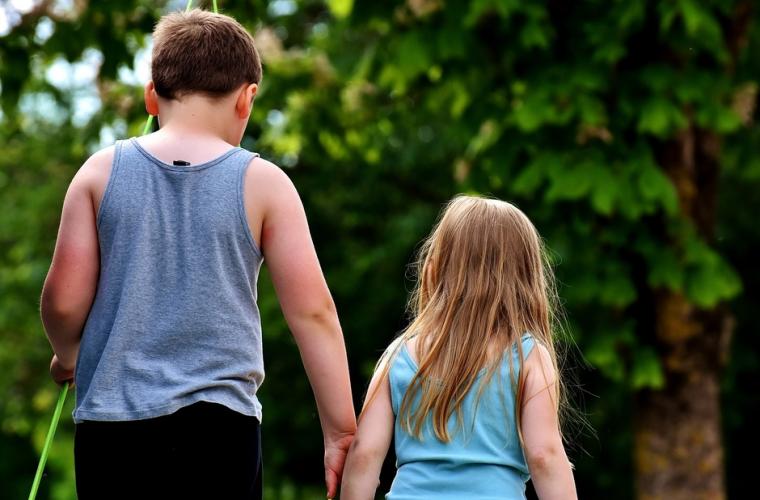The largest independent providers of children’s social care brought in profits of more than £300 million last year, a new report commissioned by the Local Government Association reveals today.

The largest independent providers of children’s social care brought in profits of more than £300 million last year, a new report commissioned by the Local Government Association reveals today.
It comes as councils face significant financial pressures in children’s services as a result of rising numbers of children needing increasingly expensive care.
The report by Revolution Consulting found council spending on privately run children’s homes more than doubled in the past six years.
In 2021/22, local authorities in England spent £1.5 billion on independently-run residential care for vulnerable children – an 11 per cent increase on the previous year – and up from £736.6 million in 2015/16, representing a 105 per cent increase overall.
At the same time, the aggregate fee income of the 20 largest independent children’s social care placement providers* was £1.63 billion last year, increasing by 6.5 per cent over the previous year.
Figures show 19 per cent of this was recorded as profit – amounting to £310 million overall.
The LGA, which represents councils, say it is “wrong” that some providers are making huge profits when money should be invested in support children.
The number of children in need of support from councils is now at its highest level since before the pandemic – 82,170 looked after children in England.
The LGA is calling for greater financial oversight of the largest providers.
It says that despite the data obtained in the report, visibility of financial information has made it difficult to provide a clear picture of the care provider market.
The report also identifies a significant amount of mergers and acquisitions taking place, which have led to concerns about the lack of knowledge of what the impact of such activity is on children living in provision.
This reinforces the need for greater transparency around ownership, debt structure and profit making, the LGA says.
Cllr Louise Gittins, Chair of the LGA’s Children and Young People Board, said:
“What matters most for children who can’t live with their birth parents is that they feel safe, loved and supported, in homes that best suit their needs. While many providers work hard to make sure this is the case, it is wrong that some providers are making excessive profit from providing these homes when money should be spent on children.
“As the report shows, spending on residential care placements for children has increased dramatically in recent years as councils have sought to find the best homes for record numbers of children in care, while mergers and acquisitions have seen some large independent providers grow significantly.
“Yet while councils are having to divert more and more money away from early help services and into homes for children in care, the largest privately-run companies continue to bring in huge profits.
“At the same time, there are growing concerns about the increasing debt levels of some of the largest providers, in particular those with private equity backing.
“Decreasing visibility of financial information makes it increasingly difficult to understand the financial health of these organisations that are largely funded by public money. Furthermore, regulations have not kept pace with the changing ‘market’, leaving regulators with limited powers to monitor the performance of large providers.”
Notes to editors
*excluding CareTech
Since the previous iteration of this report, Caretech has delisted from the London stock market to return to private ownership. Stock Market rules and practices often require more detailed disclosure than normal company reporting rules. When Caretech was taken private the provider decided to reduce the segmental reporting that had previously given insight to the children’s services operations separately from Caretech’s adult services. For this version of the report Caretech 2021/22 income and profit results for children’s services are therefore unavailable. Solvency indicators are still available based on 21/22 for the whole Caretech group.
